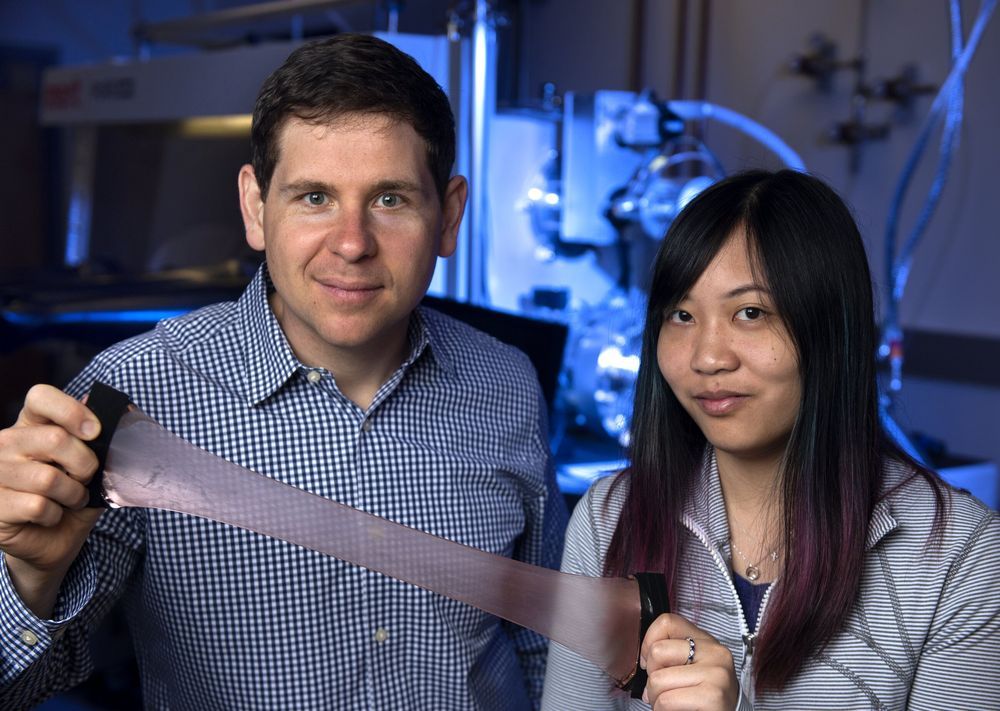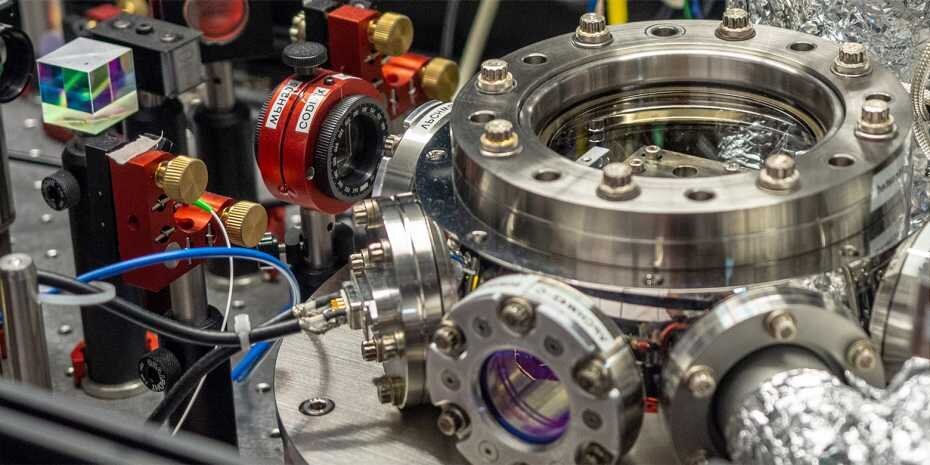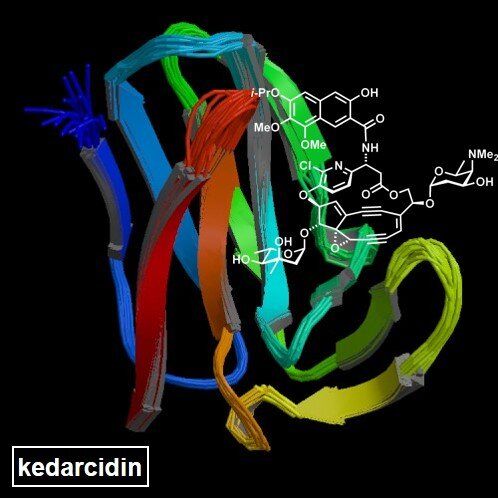Researchers in Australia are on the verge of discovering a universal flu vaccine — one which would be effective against all strains of the virus. When they do, we won’t have to take a new flu shot every year anymore. We’ll just get this one shot, and never more. It’s a finding that is being heralded as an “extraordinary breakthrough.” It could even end the flu and influenza epidemic once and for all.
The Epidemic









